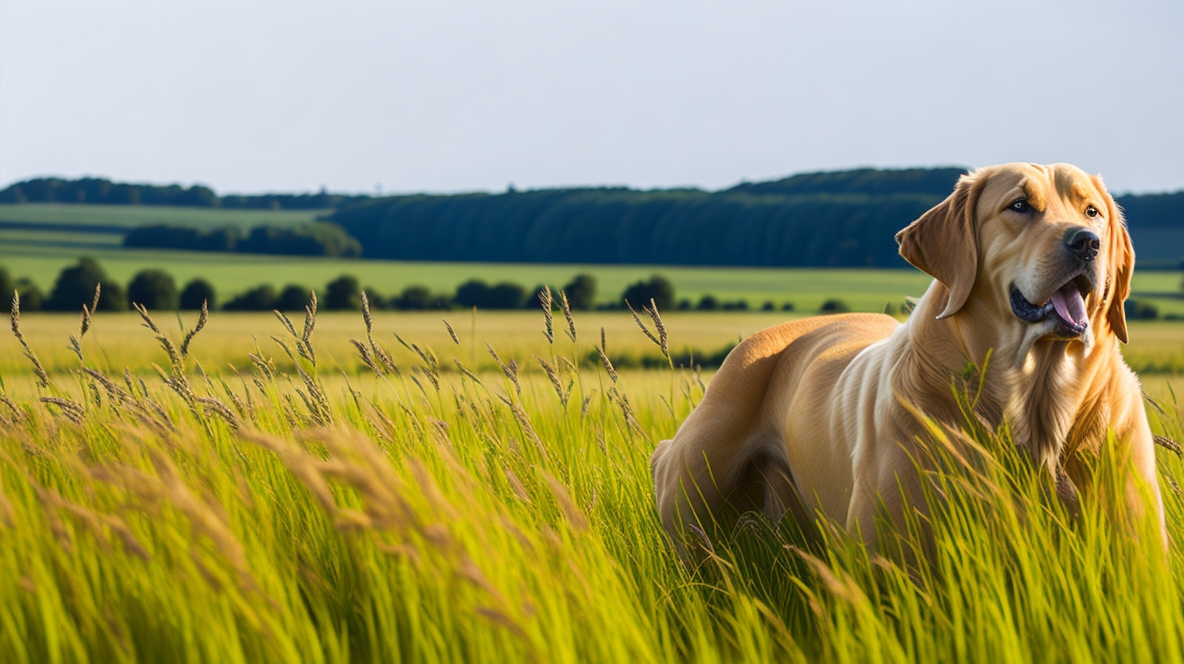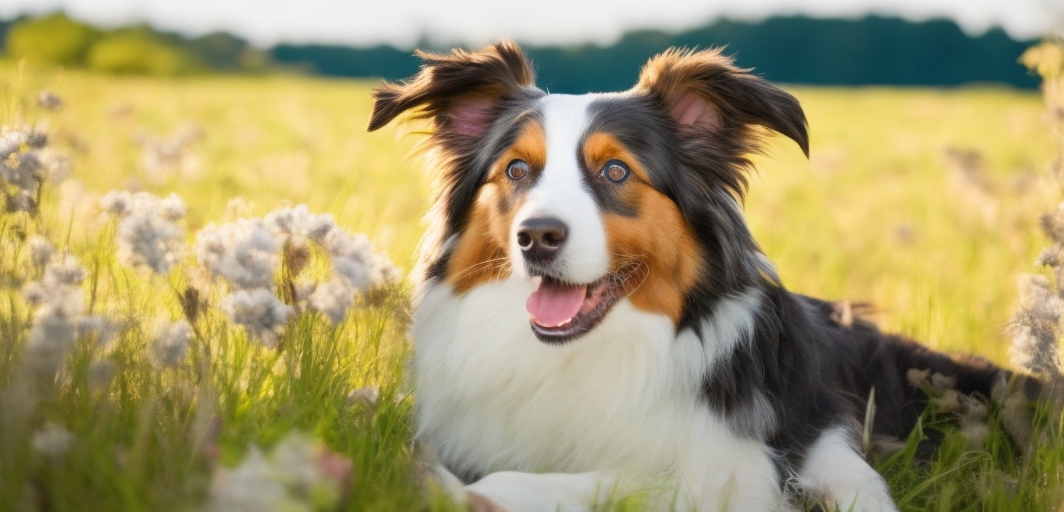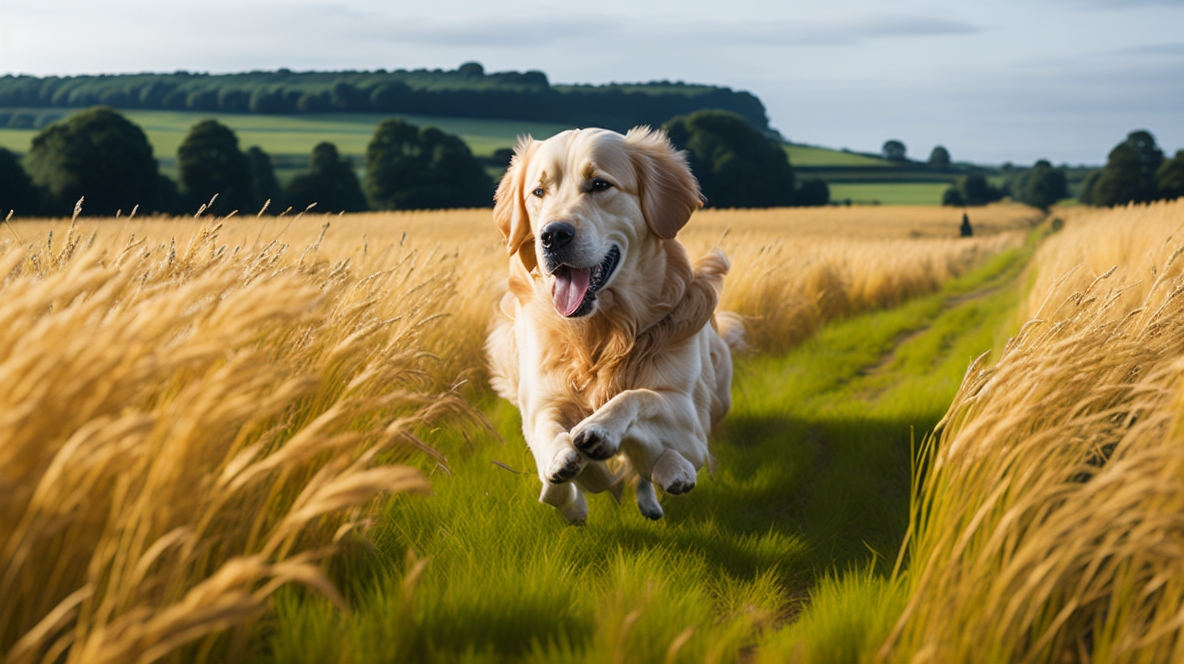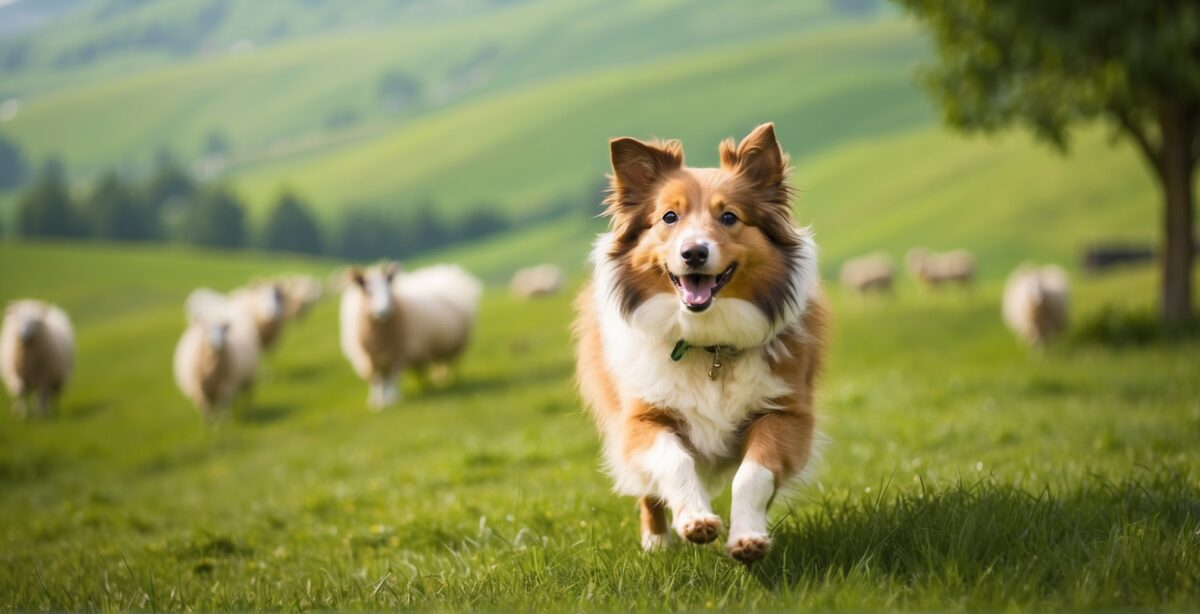This post may contains affiliate links. As an amazon associate I earn from qualifying purchases.
The Ultimate Guide to Training Your Dog: Step-by-Step for New Owners
Training your dog is one of the most rewarding parts of being a pet owner. Not only does it ensure that your dog is well-behaved, but it also helps establish a strong bond between you and your furry friend. A well-trained dog is a happy dog, and with consistent effort, you can enjoy a lifetime of good behavior and companionship. If you’re a new dog owner wondering where to start, this comprehensive guide will walk you through the essential steps of dog training.
1. Start with Basic Commands
Every dog should learn basic commands, as they form the foundation of good behavior. Start with these essential ones:
- Sit: Teaching your dog to sit is one of the simplest commands. Hold a treat above their head and slowly move it backward. As their nose follows the treat, their bottom naturally lowers to the ground. Once they sit, say “Sit” and reward them with the treat and lots of praise.
- Stay: After your dog masters “Sit,” move on to “Stay.” Ask them to sit, hold your palm out in front of their face, and say “Stay.” Gradually increase the duration and distance, always rewarding their success. Remember, patience is key!
- Come: Teaching your dog to come when called is crucial for their safety. Use a happy, excited tone when calling them, and reward them with treats and affection when they obey.
Looking for the best pet toys?
Discover a wide range of options on Amazon’s Pet Products Page.
Rated 4.5 stars by 10,000+ happy pet owners!
2. Use Positive Reinforcement
Positive reinforcement is one of the most effective methods of dog training. It involves rewarding your dog for performing the desired behavior, which encourages them to repeat it. Rewards can include:
- Treats (small, bite-sized ones work best)
- Verbal praise (e.g., “Good job!”)
- Affection, such as petting or belly rubs
Avoid punishing your dog for mistakes. Instead, redirect their behavior and reward them when they get it right. Positive reinforcement helps build trust and ensures a more enjoyable training process.
You Might Like: Avoid These Grooming Mistakes
Many pet owners unknowingly make grooming mistakes that can worsen sensitive skin issues. Pro Tip: Learn about the 10 Common Pet Grooming Mistakes to avoid potential problems and make grooming a stress-free experience for your furry friend.
3. Be Consistent
Consistency is essential for successful training. Dogs thrive on routine and clear expectations, so:
- Use the same word for each command (e.g., always say “Sit” instead of alternating with “Sit down”).
- Reward immediately after they obey to reinforce the connection between the behavior and the reward.
- Train daily to help your dog retain what they’ve learned.
4. Master Crate Training
Crate training offers many benefits, from aiding housebreaking to providing a safe space for your dog. Follow these steps for effective crate training:
- Introduce the crate as a positive place by making it comfortable with a soft blanket or bed.
- Encourage your dog to enter the crate voluntarily by placing treats or toys inside.
- Gradually increase the time they spend in the crate, starting with a few minutes and working up to longer periods.
Never use the crate as a form of punishment. Instead, make it a haven where your dog feels secure and relaxed.
[amazon_auto_links id=”1124″]
5. Housetraining Tips
Housebreaking is a top priority for new dog owners. To housetrain your dog effectively:
- Take them outside frequently, especially after meals, naps, and playtime.
- Choose a specific spot for potty breaks and guide them there consistently.
- Praise and reward your dog immediately after they eliminate outside.
Accidents are part of the process. If they occur, clean up thoroughly to remove odors and avoid scolding your dog, as this can create fear or confusion.
6. Leash Training Basics
Teaching your dog to walk calmly on a leash is crucial for enjoyable outings. Begin by:
- Introducing the leash and collar indoors, allowing your dog to get used to wearing them.
- Starting with short, slow walks in a distraction-free area.
- Rewarding your dog for staying by your side and not pulling on the leash.
If your dog pulls, stop walking and wait until they return to your side before continuing. Consistency and patience are essential to leash training success.
7. Socialization is Key
Socialization helps your dog become comfortable around new people, pets, and environments. Early and positive exposure reduces the likelihood of fear or aggression issues later in life. To socialize your dog:
- Introduce them to various settings, such as parks, pet stores, and busy streets.
- Arrange playdates with other dogs that are friendly and vaccinated.
- Use treats and praise to reinforce calm behavior in new situations.
8. Enroll in Obedience Classes
Professional obedience classes can be a game-changer, especially for first-time dog owners. A trained instructor can:
- Teach advanced commands and correct techniques.
- Provide guidance on addressing specific behavioral issues.
- Offer a structured environment for socialization.
Look for classes that use positive reinforcement methods and are tailored to your dog’s age and skill level.
9. Practice Patience and Persistence
Training is an ongoing process that requires time, effort, and patience. Remember that every dog learns at their own pace. Celebrate small victories and remain consistent, even when progress feels slow. Avoid frustration, as dogs can sense it and may become anxious.
10. Address Problem Behaviors
Behavioral issues such as chewing, barking, or jumping can arise at any time. Address these problems promptly:
- Identify the cause, whether it’s boredom, fear, or a lack of training.
- Redirect your dog to a more appropriate behavior (e.g., give them a chew toy if they’re chewing on furniture).
- Seek help from a professional trainer if needed.
11. Provide Regular Exercise and Mental Stimulation
A tired dog is a well-behaved dog. Ensure your dog gets plenty of physical activity and mental stimulation each day. Activities can include:
- Daily walks or runs
- Fetch or tug-of-war games
- Puzzle toys or treat-dispensing toys
Physical and mental enrichment prevents boredom and reduces the likelihood of destructive behavior.
12. Maintain Health and Nutrition
A healthy dog is more receptive to training. Keep your dog in optimal health by:
- Scheduling regular vet check-ups
- Providing a balanced diet tailored to their age, size, and activity level
- Keeping their vaccinations and parasite prevention up-to-date
Good health contributes to better focus and energy during training sessions.
13. Foster Love and Bonding
A strong bond between you and your dog makes training more effective. Spend quality time together through:
- Play sessions
- Grooming
- Quiet moments of affection
The trust and connection you build with your dog will make them more eager to please and responsive to your commands.
14. Encourage Gradual Independence
As your dog becomes more well-behaved, you can gradually grant them more freedom. Start with small steps, such as allowing them to explore different areas of your home. Always supervise initially and reinforce good behavior.
Over time, your dog will learn to enjoy their independence responsibly.
15. Reinforce Training Throughout Their Life
Training doesn’t end once your dog masters the basics. Regularly practice learned commands and introduce new ones to keep their skills sharp. Consistent reinforcement helps prevent regression and ensures your dog remains a well-mannered companion.
Final Thoughts
Training your dog is an investment in their happiness and your peace of mind. With patience, consistency, and love, you can shape your dog into a well-behaved and joyful member of your family. Remember, every dog is unique, so adapt your approach to suit their personality and needs.
By following these steps and maintaining a positive attitude, you’ll enjoy the journey of training your dog and create a lifelong bond that’s truly rewarding. Happy training!
This post may contains affiliate links. As an amazon associate I earn from qualifying purchases.





